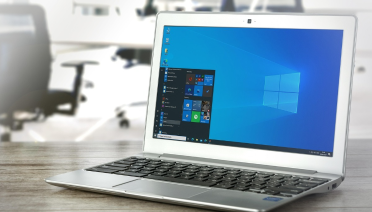

In today's rapidly evolving technology landscape, B2B companies face unprecedented challenges. Rapid innovation, increasing competition, and shifting customer expectations mean that even established brands can quickly lose relevance. A strategic brand refresh is no longer just a marketing exercise—it's a critical lever for growth and market positioning.
Unlike consumer brands, B2B technology companies often operate in complex ecosystems with multiple stakeholders—decision-makers, influencers, end-users, and partners. Over time, a brand that once communicated innovation and reliability may no longer resonate with these diverse audiences. Market research often reveals that:
Competitors have positioned themselves more effectively in emerging market segments.
Internal teams lack alignment on the company's messaging and values.
A well-planned refresh helps address these gaps, ensuring the brand reflects current capabilities, strategic vision, and future growth ambitions.
The foundation of a successful brand refresh is data-driven insights. Market research provides the clarity needed to make informed decisions:
Surveys, interviews, and focus groups reveal how your current and potential customers perceive your brand. Understanding pain points, expectations, and emotional connections ensures the refresh resonates.
Identifying how competitors communicate, position, and differentiate themselves uncovers opportunities for differentiation. This is especially critical in crowded B2B tech markets where messaging often blurs.
Research on industry trends, technological adoption, and regulatory shifts helps anticipate market needs. Brands that proactively align with future trends gain first-mover advantages.
Employees and internal stakeholders play a key role in delivering brand promises. Market research can uncover gaps between external perception and internal understanding, ensuring consistency across touchpoints.
Based on market insights, the refresh process typically includes:
Refine value propositions to address current customer pain points and emerging opportunities. Position your company as a thought leader in areas of innovation, security, or efficiency.
A brand refresh often involves modernizing logos, typography, and color palettes, but the emphasis should also be on messaging—clarifying complex tech offerings in a compelling, human-centric way.
Websites, social media, and digital content must reflect the refreshed brand identity. In B2B technology, this includes simplifying technical messaging while highlighting case studies, insights, and industry leadership.
Transparency is critical. Market research can guide how to announce changes to clients, partners, and employees, ensuring adoption and enthusiasm rather than confusion.
The impact of a brand refresh should be measurable. Key metrics include:
Market research enables continuous monitoring, ensuring the refresh is not a one-time event but an evolving strategy aligned with market needs.
For B2B technology leaders, a strategic brand refresh is more than cosmetic—it's a competitive necessity. Grounded in market research, it allows companies to stay relevant, differentiate from competitors, and strengthen relationships with clients and stakeholders. By leveraging insights, technology brands can craft messaging, visual identity, and experiences that resonate today while anticipating the needs of tomorrow.
Ready to take your research further?
Connect with GNL today and discover how real voices can drive smarter decisions and lasting impact.

